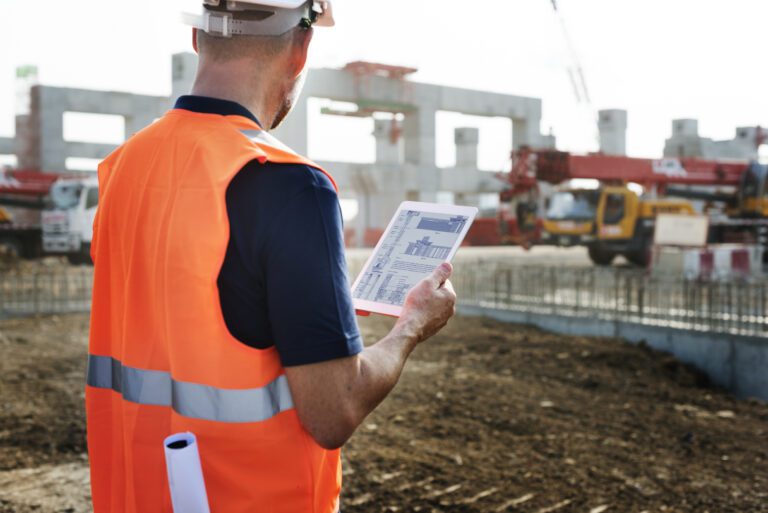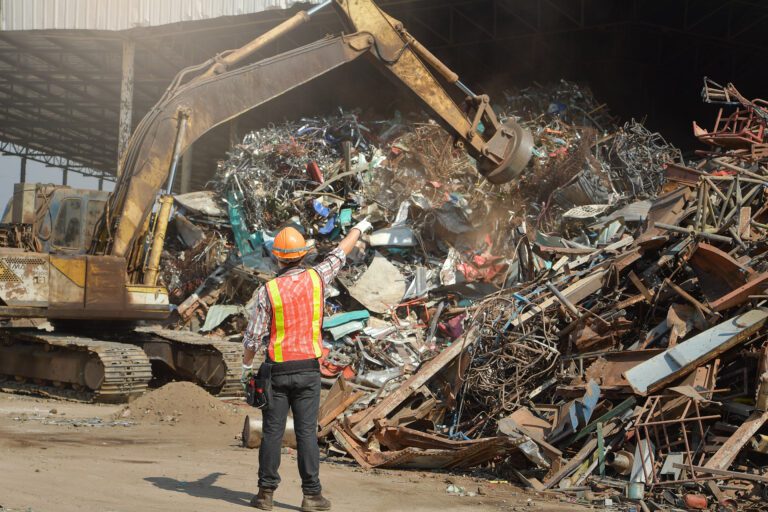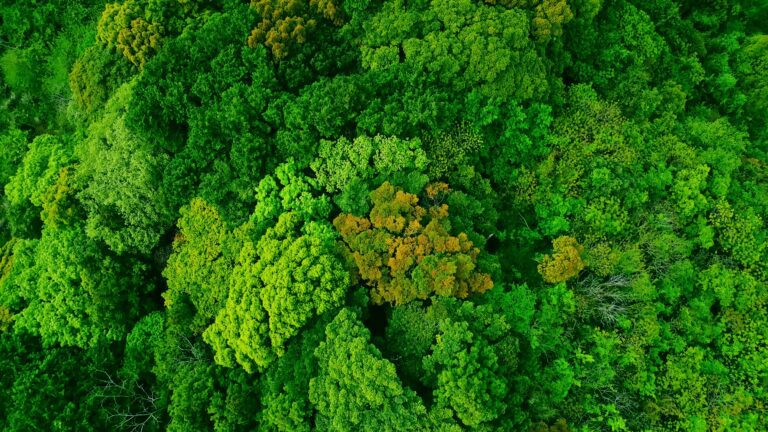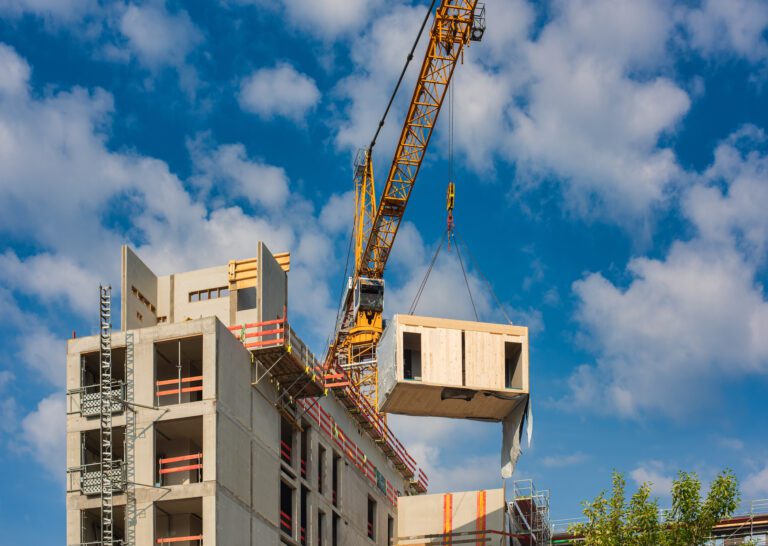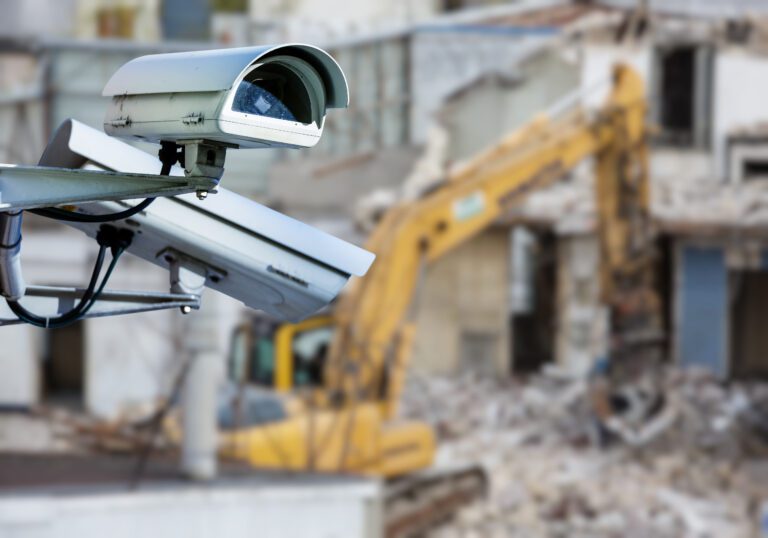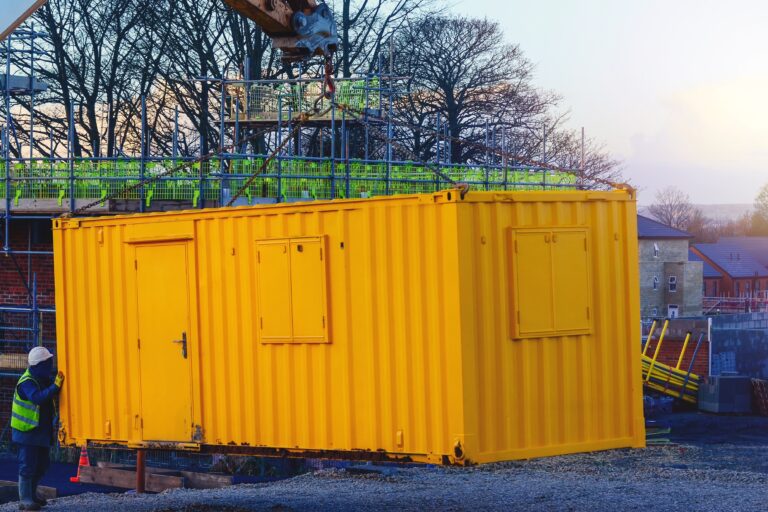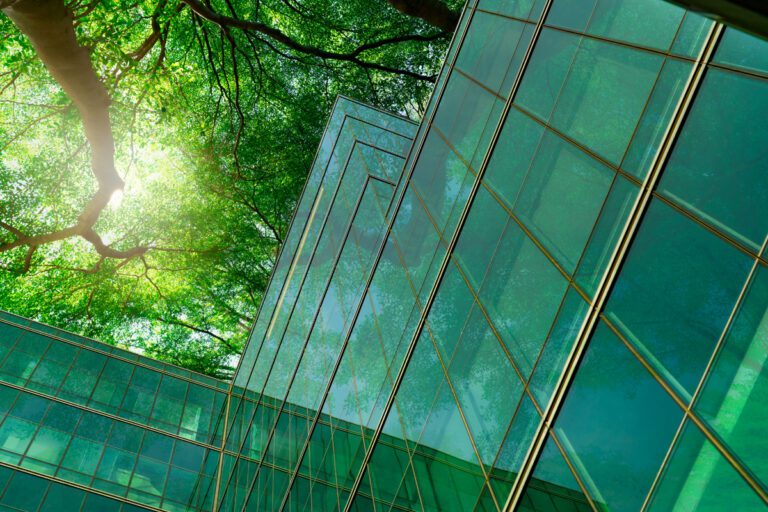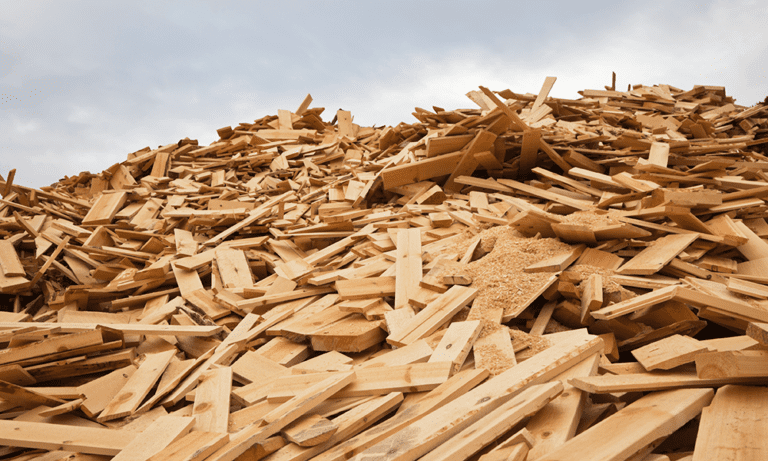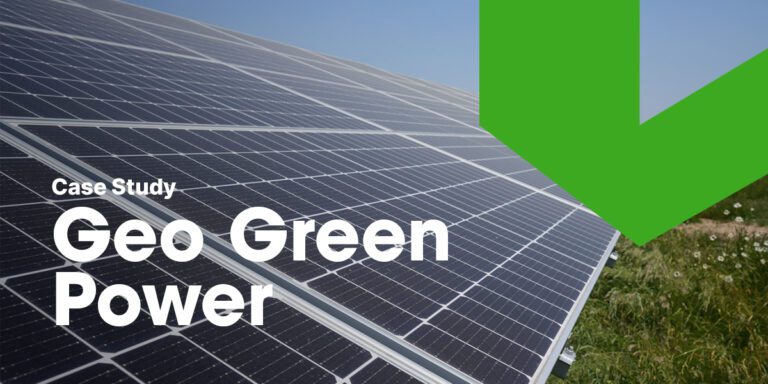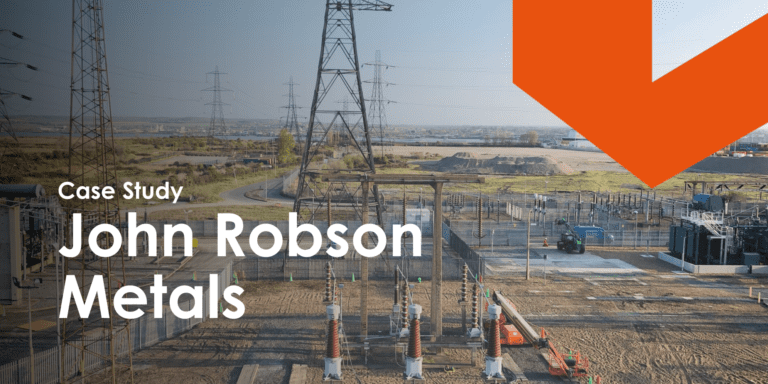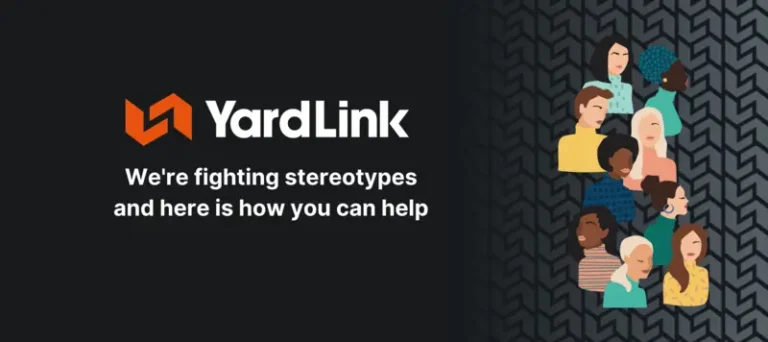1st February, 2022
5 Reasons Why A Contractor Needs a Thermal Imaging Camera
A thermal imaging camera helps a contractor identify issues which are invisible to the naked eye. We explore 5 reasons you need a thermal imaging camera.
A thermal imaging camera is an essential item in any construction worker’s toolkit.
Historically, these cameras have been used in utility and industrial applications, but they are also highly beneficial in commercial buildings.
From identifying heat loss and moisture intrusion to taking accurate measurements from a distance, these items have well and truly earned their place in a toolbox. They can also help save precious time and money further down the line in a project by identifying issues early.
Unfortunately, lots of problems in a building can be hidden from the naked eye. Therefore, you might not realise a problem exists until it starts draining your budget and causing you a headache.
However, with these small but powerful tools, you can ensure your building is well-insulated for years to come. They act as your inside eye and can help you start investing in any problem areas you might not have considered yet.
In this post, we’ll explore how thermal imaging cameras work and the different applications they are used for.
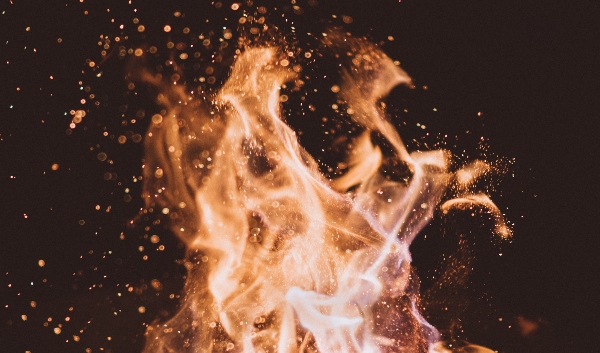
How Does a Thermal Imaging Camera Work?
It’s important to note that thermal imaging cameras do not measure temperature.
Instead, thermal cameras detect infrared energy and then convert this into a thermal image. They allow you to see the heat radiating off various objects within a frame and assign each temperature a shade of colour. This lets you see how much heat radiates off a particular object compared to other objects around it.
Thermal imaging cameras detect this infrared energy by identifying and capturing different levels of infrared light. This is invisible to the human eye, but it can be felt as heat if the intensity is strong enough.
The hotter an object is, the more infrared radiation it produces. Thermal cameras then turn this radiation into an image we can see, which allows a range of sectors to put these pieces of equipment to good use.
This leads us nicely to our next section.
Who Uses Thermal Imaging Cameras?
A thermal imaging camera is handy for various construction workers, including electricians, as it allows them to identify any pieces of failing equipment. For example, a component that is not working correctly will not heat up like other functioning elements.
Therefore, this would appear as a cold spot on the thermal image, allowing the electrician to see which parts need fixing. Similarly, a component about to fail may begin to overheat and be hotter than the surrounding pieces in the image. Again, this allows them to identify and resolve the fault swiftly.
Similarly, building surveyors also use these versatile pieces of equipment to ensure a structure is sound before people inhabit it. One example of this is identifying whether a wall or roof has sufficient insulation or whether there is a draught coming through.
These faults would probably go undetected if a thermal imaging camera weren’t used, which would not only mean the building would be cold but also cost hundreds of pounds.
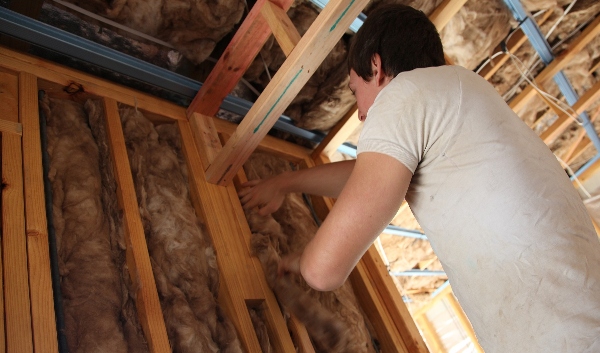
5 Reasons Why You Need a Thermal Imaging Camera
Thermal imaging cameras can be used for various reasons, some of which we have briefly touched on above.
Although these pieces of equipment have existed for years, due to improvements in technology, they are now much more affordable.
Let’s look at some of the applications of thermal imaging cameras.
1. Electrical Inspection
Considering the amount of electrical equipment in your building, it isn’t easy to know if all components are functioning correctly.
Unless you want to spend days on your hands and knees going through every circuit breaker and motor?
Make way for a thermal imaging camera! This helpful device allows you to take measurements from a distance, meaning you can spot any issues with equipment that is hard to reach. Malfunctioning electrical equipment can pose a significant safety risk to workers if left unattended.
With a thermal imaging camera, you will be able to see any overheating circuits or motor bearings failing. You would not be able to identify these issues purely by looking at them.
However, with a thermal camera, you can spot any problems with electrical distribution very quickly, as failing parts will be considerably warmer than the surrounding area. These pieces of equipment can also help you find loose connections as dirt creates additional resistance over time, which causes components to overheat.
Again, this will be represented through the thermal imaging camera, and the issue can be resolved before the system fails.
2. Identify Thermal Performance
One of the most common problems, but fortunately one of the most straightforward problems to detect, is heat loss from piping, walls, HVAC components, doors, and windows.
Although infrared cameras can’t read air temperature, they can measure how the air temperature impacts a particular surface, such as the grills on a vent.
This information can then be used to decide if the airflow is sufficient to disperse heat or cooling in a particular area.
Thermal images are also handy during the construction of a project. For instance, you can confirm that a builder is doing a good job when insulating a wall, as you can take images of the roof and walls to see if there are areas where the insulation is poor.
One of the great things about IR cameras is that they cover such a large area. Therefore, it’s probable that you will find problems that you weren’t expecting as you investigate a particular issue.
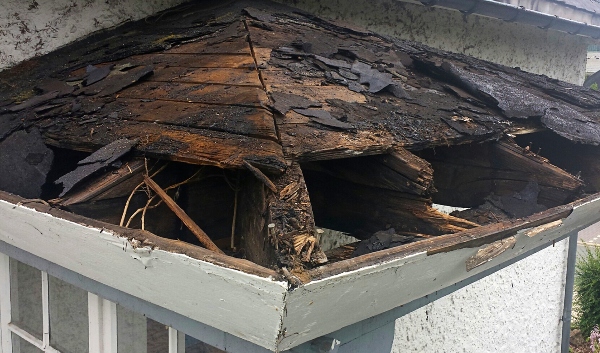
3. Roof Leak
Your roof is a precious asset; the last thing you want is a leak. Regardless of what type of building you work in, there’s nothing worse than finding a puddle of water on your desk!
Not only is this inconvenient for your staff, but it can also lead to several health and safety problems. You’ll also have to move staff to the problem area, which is time-consuming and disruptive.
So, how do you solve this problem before it happens?
Using thermography, you can inspect the condition of your roof and identify problems before they escalate. Common causes of a roof leak include missing tiles, punctures, and damaged roofing underlay. This will cause the insulation above the ceiling to become saturated, meaning moisture will heat up during the day as the sun shines. When night falls, the roof will radiate heat, but the areas holding moisture will take longer to release as they have a greater thermal mass.
Using a thermal imaging camera will allow you to see these areas and fix the necessary parts of your roof to rectify the insulation. As a result, you can avoid replacing the entire roof as you have pinpointed the specific problem area. This saves you a great deal of time, money, and hassle.
4. Keep Your Site Secure
Keeping your site secure is essential, and almost every business has a security plan in place. If you don’t, you leave your construction site and tools vulnerable to criminals. Aside from their use in identifying maintenance issues, thermal imaging cameras are also handy when it comes to protecting your site.
They work well in low-lit conditions and are great at identifying subjects. They produce high-quality images and are immune to the visual limitations of traditional CCTV cameras.
As such, this helps site contractors identify the criminal in question and protect their site. For extra security, thermal imaging cameras can be used with intelligent sensors and advanced analytics, reducing the likelihood of false alarms.
This can be costly and infuriating for site managers, so this option is very useful for creating a fully functioning security system.
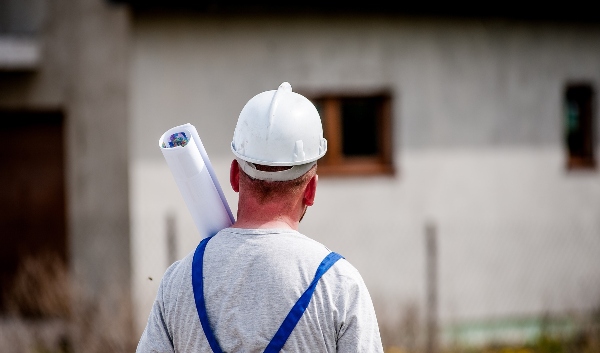
5. Carry Out a Building Survey
Thermal imaging cameras are very versatile and enable contractors to carry out various types of analysis with no disruption to the environment.
Regarding building work, the thermal imaging camera can pinpoint if an LED outfitting emits too much heat, which could suggest it is faulty. Furthermore, it could be used to detect cracks in a ceiling or wall, whether that be internal or external damage. As a result, this could lead to a drought, which affects both the overall efficiency of the house and the occupier.
Think about it: if a building lets in cold air, the occupier will need to spend more money on heating bills. It can also be dangerous for their health and well-being, leading to issues with dampness and mould. If this persists, the occupier will need to spend even more money on decorating costs, as mould seeps through paint and wallpaper, leaving an unsightly black residue.
However, by using a thermal camera, you can identify any breakdowns in insulation rather than going undetected for long periods.
How to Choose a Thermal Imaging Camera
When choosing a thermal imaging camera, you need to consider various factors. You must choose the most suitable equipment for your project requirements.
As we have already covered, thermal imaging cameras are handy and can be used across various applications. But what must you consider before hiring or purchasing your own?
Temperature range is significant as you must understand at what temperature you’re taking images. It’s wise to choose a thermal imaging camera with a wide temper range that automatically selects a range based on the scene you’re capturing.
You must also consider the durability of the camera. If you’re using it for security surveillance, the camera will be outdoors for long periods, so it is vital to choose a thermal imaging camera which is robust enough to withstand the elements.
Capturing high-quality images is very important regardless of the application, so choose a high-resolution camera. The more pixels the camera has, the higher the resolution, allowing you to capture even the most minor details. This is particularly important if you intend to use the camera for site security to identify potential intruders.
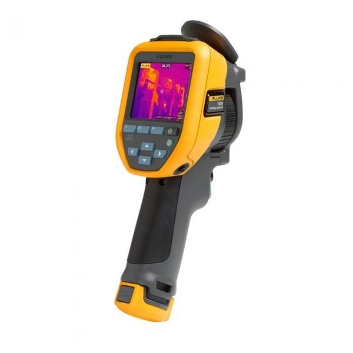
5 Reasons Why A Contractor Needs a Thermal Imaging Camera
Thermal imaging cameras are handheld devices that are used for a variety of purposes. They measure the heat difference between objects in a particular scene to show construction workers any areas for concern.
Presenting a clear thermal image that uses colour to pinpoint warm and cool spots makes it easy for people to identify issues from a distance. Instead of having to damage internal walls or floorboards to find out where the problem is coming from, these pieces of equipment allow for detailed analysis without disruption.
As a result, they are used by contractors in a number of ways to improve the quality of their build and also to prevent issues further down the line. Contractors provide warranties for their work, so it could save them a great deal of money by rectifying issues before any failures happen.
As we’ve discussed, many issues are invisible to the naked eye, so having this equipment is vital. The longer a problem goes unattended, the worse it becomes, which costs money and can damage your business reputation.
At YardLink, we understand that having the right equipment for the job is the top priority. That’s why we provide clients with various surveying equipment including thermal imaging cameras. This allows you to fix problems before they’ve had a chance to start. And with next-day delivery, you can be sure to have everything you need on-site in a timely manner.
Get in touch with the team or set up your own account.
YOU MIGHT ALSO BE INTERESTED IN

